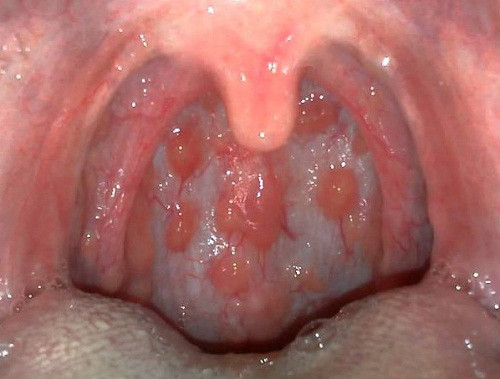rulosclerosis score was significantly decreased in MES+HS-treated group, whereas MES+HS did not affect tubulointerstitial fibrosis. We also assessed the apoptotic cells and podocyte count in the glomeruli. MES+HS reduced the TUNEL-positive cells and increased the Wilm’s tumor-1 -positive podocytes in the glomeruli of Alport mice, suggesting that the treatment inhibited apoptosis. Together, MES+HS treatment ameliorated progressive proteinuria and glomerular injury in Alport mice. MES and HS synergistically activate PI3K-Akt signaling, induce Hsp72 expression and regulate permeability activity in podocytes We next determined the mechanisms of how MES+HS improves various patho-phenotypes in Alport mice. Here we utilized glomerular visceral epithelial cells or podocytes, which are highly specialized cells that regulate the glomerular filtration barrier. It was AZ-6102 price previously reported that podocytes are cellular origins of COL4A3, 4 and 5 in developing glomeruli, raising the possibility that podocytes could be a therapeutic target in Alport syndrome. Among a variety of regulatory factors for pathophenotypes of podocytes, PI3K-Akt signaling is considered as one of the most important. PI3K-Akt regulates podocytic survival and foot process reorganization to suppress nephrotic syndrome. Another regulatory factor is Hsp72, which acts as a renoprotective molecular chaperone against various death-inducing stimuli in vitro and in vivo. We thus examined the effect of MES+HS on Mild Electrical and Heat Stress on Renal Disease Akt and Hsp72 in podocytes. We first evaluated the phosphorylation status of Akt in podocytes after MES treatment. Podocytes were treated with various pulse durations of MES for 10 min as described in Methods section and illustrated in Fig. S2c. Protein lysates were collected 30 min after the treatment and assessed by immunoblotting. MES activated the Akt between 0.01 and 1.0 millisecond pulse duration in podocytes. Relative activation of Akt by MES was 2.5-fold higher in MES-treated group than sham-treated control. To determine whether Akt activation by MES in podocytes is dependent on PI3K, we inhibited PI3K using a specific inhibitor LY294002. Cells were pre-incubated with 10 mM LY294002 for 1 hr and treated with MES for 10 min. Thirty minutes after MES treatment, protein lysates were collected for analysis. Fold changes compared to each gene expression in WT mice kidneys are indicated in the induced phosphorylation of Akt was mostly inhibited by LY294002 treatment, suggesting that MES activates Akt mainly through PI3K signaling in podocytes. We next investigated whether HS induces Hsp72 protein expression. Cells were treated with HS at 42uC for 10 min, and protein lysates were extracted 5 hr after treatment. HS induced Hsp72 protein expression more than 2-fold in podocytes. The mRNA expression of Hsp72 was also up-regulated in podocytes 1 hr after HS treatment, indicating that HS increases the transcription of Hsp72. The combination treatment of MES and HS synergistically activated Akt and induced Hsp72 expression. Next we assessed the effect of MES+HS treatment on podocyte integrity and filtration barrier function in vitro by performing permeability assay as described previously. MES+HS suppressed the leaked protein. Although the suppression was weak, it was statistically significant. The effect of MES+HS was abrogated by the treatment with LY294002 or with quercetin, an HSP inhibitor. The effects of LY294002  and quercetin on Ak
and quercetin on Ak
